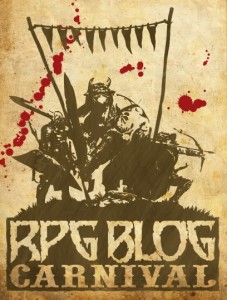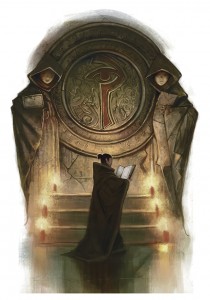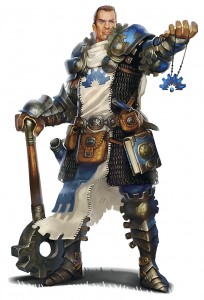One thing that keeps coming up is the idea that monster design should be elegant, graceful, smooth and all these other flowery and juicy sounding words. What I mean to say in more direct terms is that your monster needs to realize its design goal with as little effort from you while DMing as possible. When your monster hits the grid and it’s time to throw initiative, the party is going to immediately do its best to murder your new creation. As a result your monster is going to have very little time to make a good impression.
In music one of the mistakes young musicians make all the time is not playing expressively. They practice a piece for ages before they perform it and come to know its subtleties and complexities very well, but their audience doesn’t. In order for people to understand the piece of music on first hearing the way that the musician has come to understand it over a period of weeks, the musician has to accentuate its good qualities so that they are readily apparent.
As the DM you have the very same problem with your monster. Any trimmings that don’t further your goal for the monster should be removed. Strip the monster down to what abilities it really need because it’s only going to get a few rounds of combat to use them.
“Perfection is achieved, not when there is nothing left to add, but when there is nothing left to take away.” – Antoine de Saint-Exupéry.
So you’ve got your idea for your monster and you know what you want it to do and how you want it to function in your game. It’s time to put those plans into action. There are a lot of considerations to be made and it can be daunting to figure out where to begin. My outlook is that the best place to start is anywhere. The following considerations are not placed in any special sequence. As you read each heading remember that you can never be too creative.
 Truth is stranger than fiction.
Truth is stranger than fiction.
